Neuroplasticity is the brain’s ability to change and reorganise itself by forming new connections between neurons. As Eichinger (2018) defines it, neuroplasticity is “the capacity for our brain cells to change in response to our behaviour.”
This means that even when trauma or stress has shaped the way we think and act, our brains still have the ability to rewire themselves. New experiences, habits, and practices can strengthen healthier pathways while weakening unhelpful ones.
In other words, neuroplasticity is what gives us hope that healing and transformation are possible.
How Trauma Impacts the Brain’s Judgment
Trauma doesn’t just cloud judgment it can control and shape it on a molecular level. Research shows that trauma can disrupt communication between neurons, making it harder for us to think clearly or regulate emotions.
These effects can linger for years, influencing decisions, behaviours, and relationships. But because of neuroplasticity, the brain is not permanently locked into trauma-based patterns. With intentional practice, we can reshape our neural pathways and reclaim clarity.
What Role Does Mindfulness Play in Neuroplasticity?
Mindfulness is defined as “a mental state characterised by full attention to internal and external experiences as they occur in the present moment” (Gotink et al., 2016).
Mindfulness practices such as meditation, body awareness, or mindful breathing have been shown to induce structural changes in the brain linked to greater flexibility and adaptability. Here’s how mindfulness supports neuroplasticity:
-
Integrates brain regions: Mindfulness strengthens the connectivity between different brain networks.
-
Enhances cognitive control: It helps regulate attention, emotions, and behaviours.
-
Promotes emotional resilience: By tuning into thoughts and bodily sensations, we can respond more wisely rather than react automatically.
Simply put, mindfulness helps us train our brains to support healthier neural pathways.
How to Begin a Mindfulness Practice for Neuroplasticity
One size does not fit all but there are accessible ways to begin. Before diving into structured practices, it’s helpful to start small with breathwork:
-
Sit still for a moment and pay attention to your breathing.
-
Notice the sound and rhythm of your breath.
-
Let the world pause for just a second.
-
Ask yourself: What does my body need right now? What is my mind telling me?
From here, you can set an intention for your practice. This might mean journaling, meditation, or mindful stretching. Even five minutes a day can create lasting changes in the brain.
Other practices that encourage neuroplasticity:
-
Psychotherapy
-
Eye movement desensitisation and reprocessing (EMDR)
-
Trauma-focused cognitive behavioural therapy (CBT)
-
Mindfulness-based interventions
The Connection Between Neuroplasticity, Mindfulness, and Healing
The relationship between neuroplasticity and mindfulness offers a transformative pathway for healing and self-discovery.
-
Neuroplasticity reminds us that the brain can change we are not trapped by our past.
-
Mindfulness teaches us to be present, regulate emotions, and nurture healthier thought patterns.
Together, they create a powerful framework for overcoming trauma, building resilience, and shaping a life filled with clarity, purpose, and fulfilment.
Where NeuroVIZR Fits In?
neuroVIZR is designed to stimulate brain activity through light-based neurotechnology, encouraging patterns of calm, focus, and resilience. Think of it as a bridge between science-backed neuroplasticity and your daily mindfulness practice supporting the brain as it learns to rewire and regulate.
It’s not a replacement for mindfulness, but rather a companion tool that helps your brain enter the right state more easily, making practices like meditation, journaling, or breathwork even more effective.
Final Takeaway
Healing the brain after trauma takes patience and consistent practice. But each mindful breath, each moment of self-awareness, is a step towards rewiring the brain for growth and resilience.
The strength of the human mind lies in its adaptability and with mindfulness as a daily practice, neuroplasticity becomes the bridge to reclaiming your life.



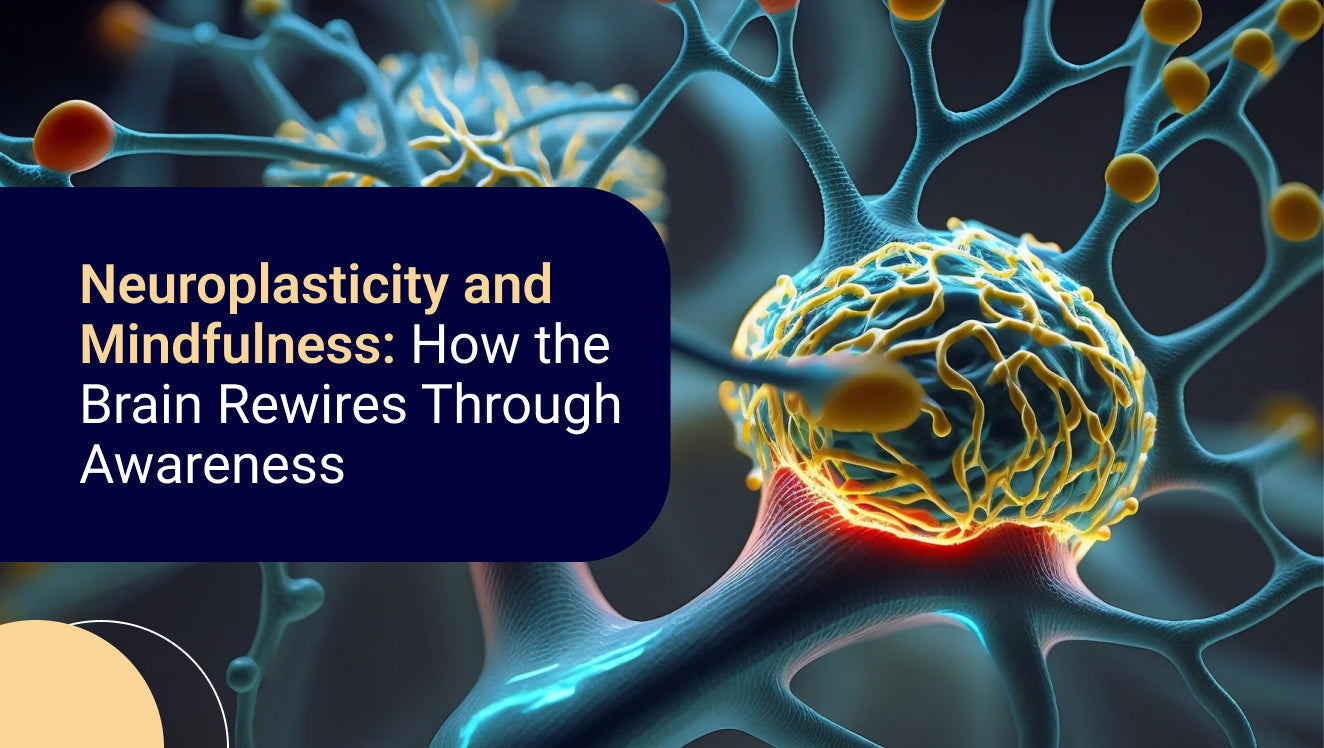



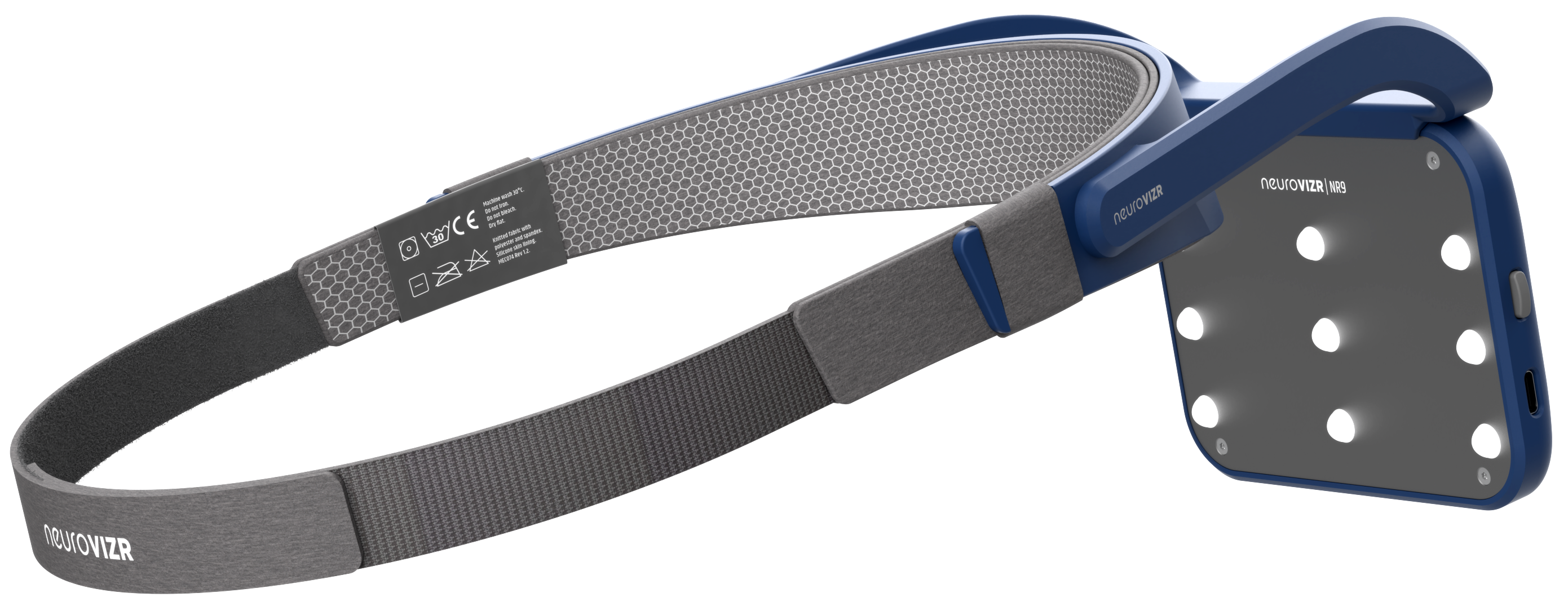
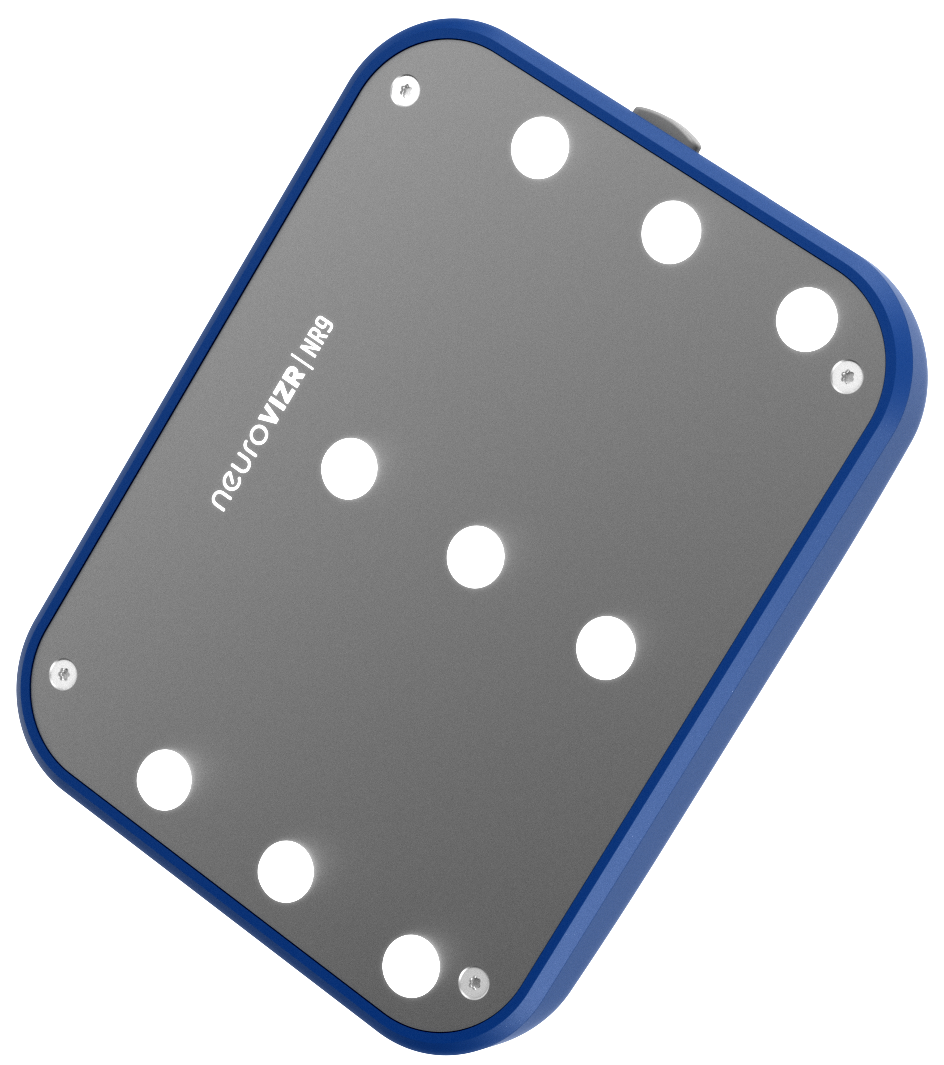
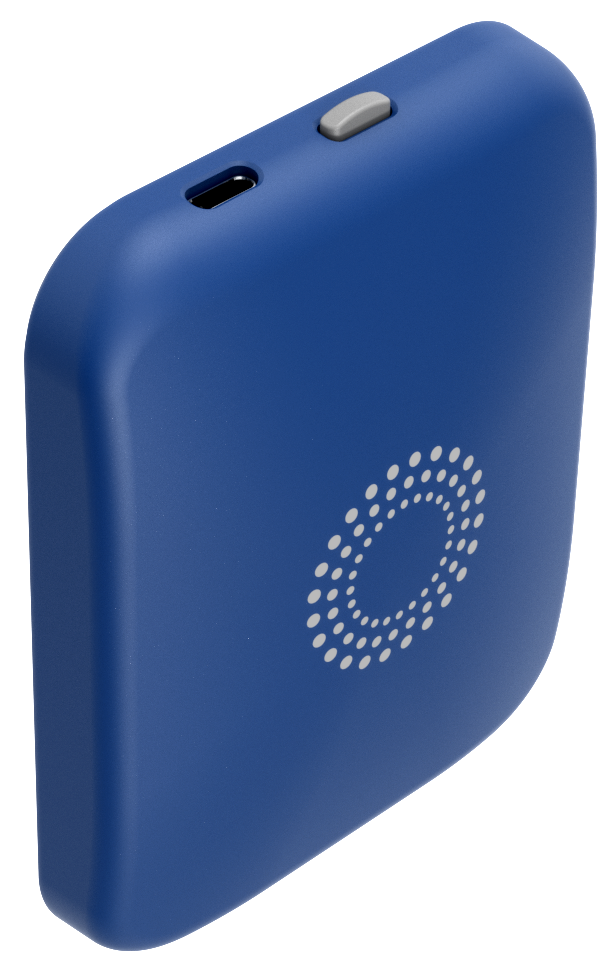
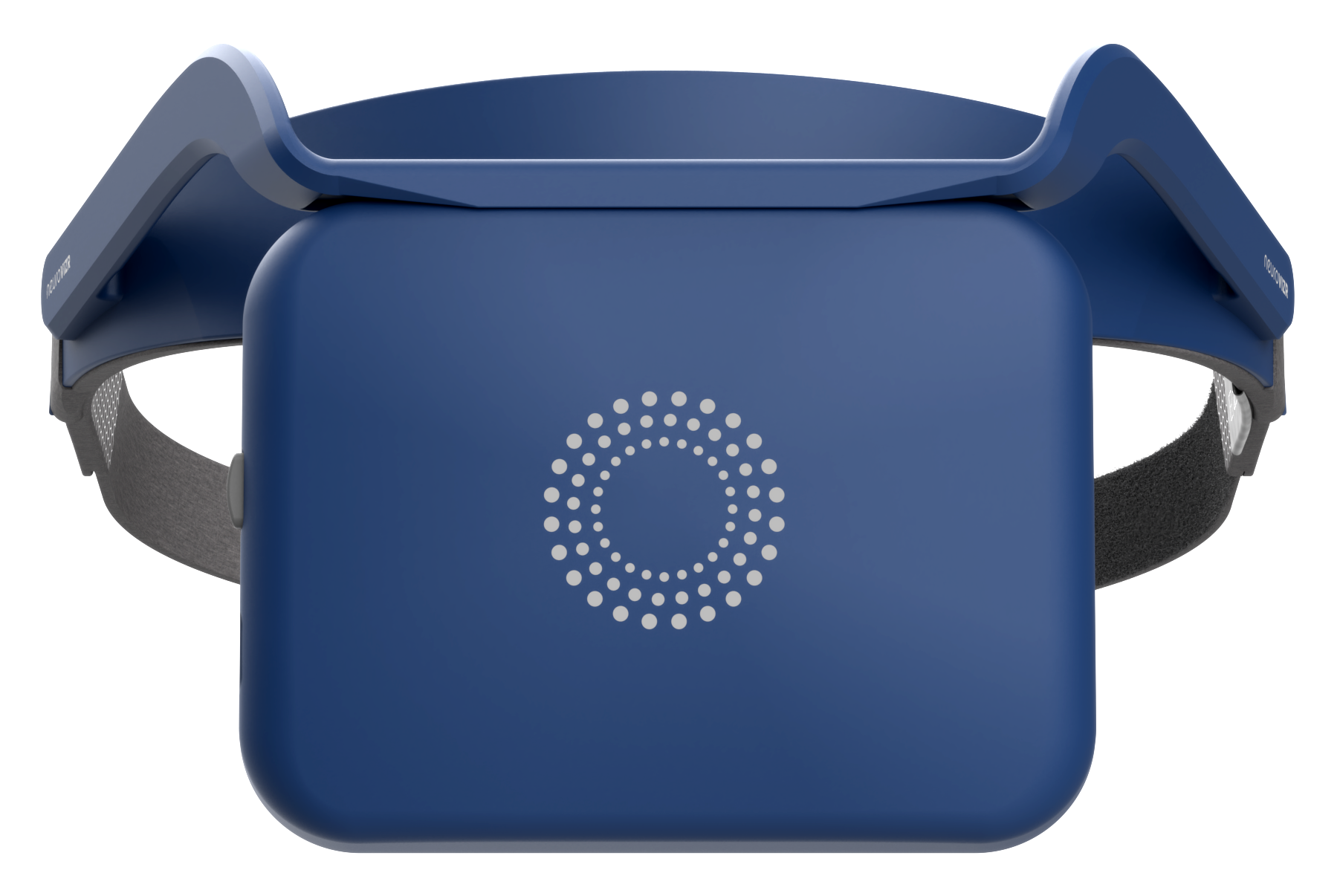


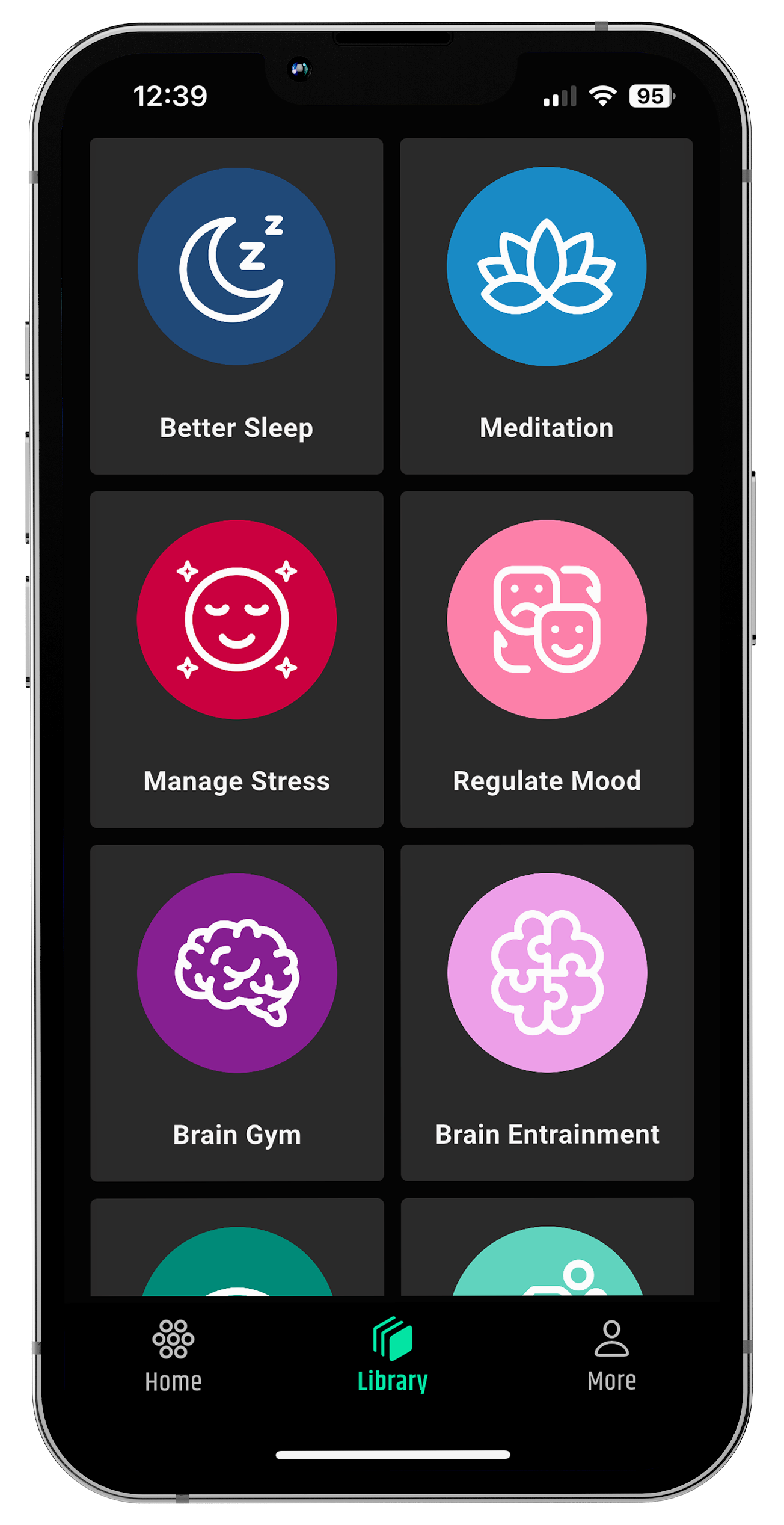











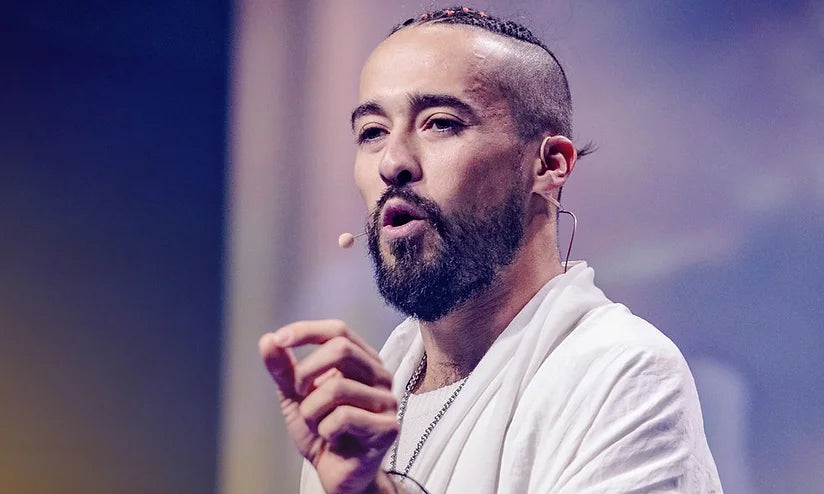
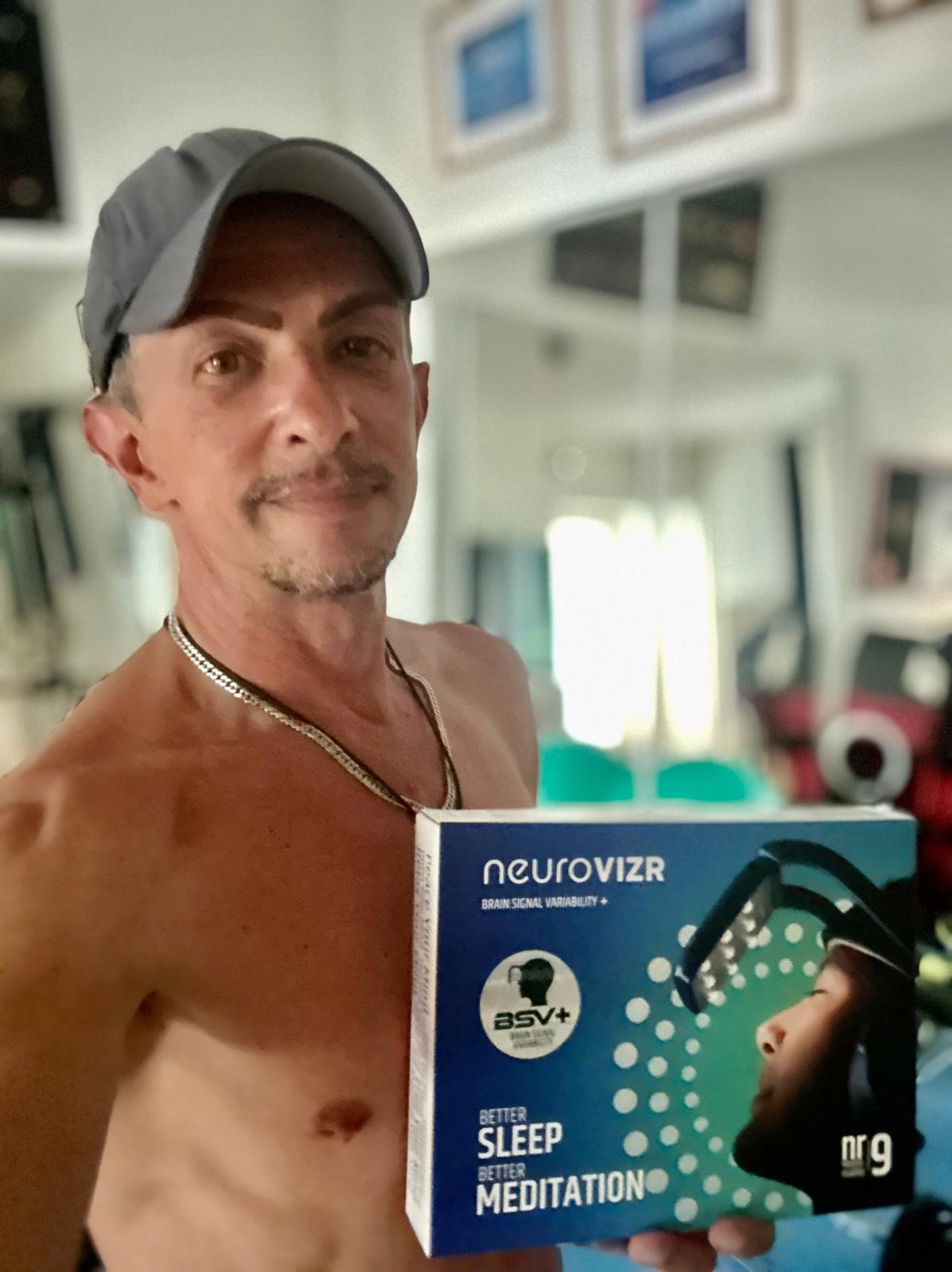
Share:
Positive Neuroplasticity: How to Rewire Your Brain for a Happier, Healthier You
Rebuilding Connection: From Survival to Presence